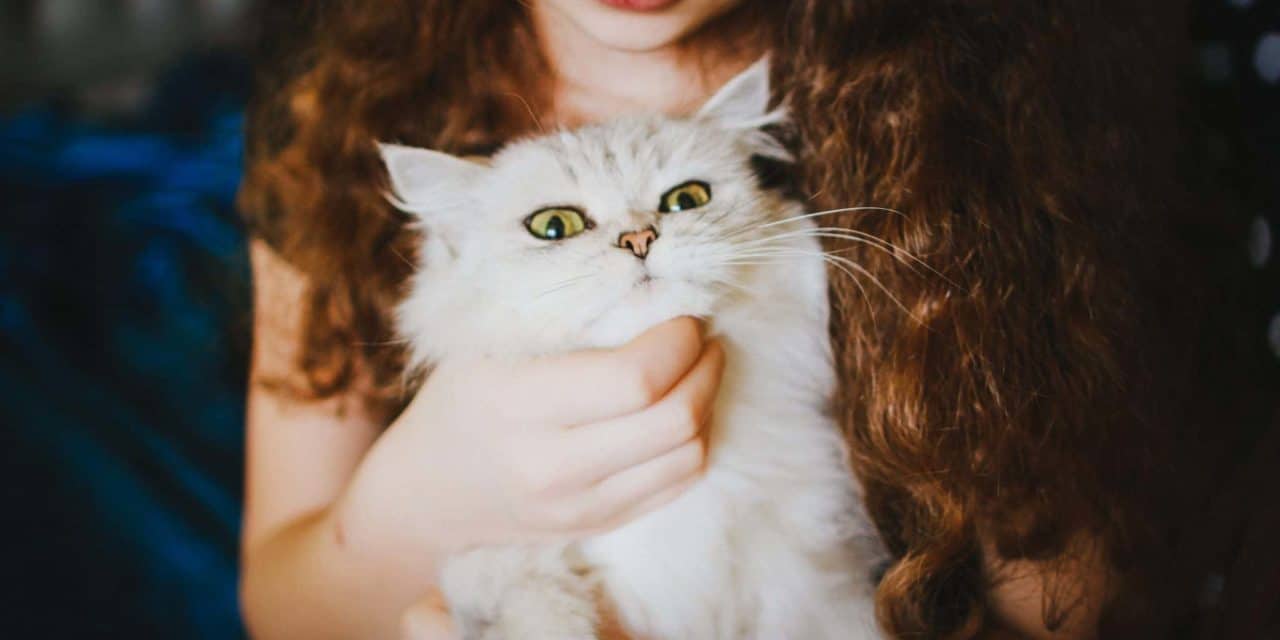Why are some cats friendly and more curious towards humans while others run away? As reported in the RSPCA Science Update 58 October 2017, this article is a review of the human-cat relationship over the last 30 years of research including findings on the cat to cat and cat to human communication, cat personalities and cat to owner personalities.
Human-cat relationship during the sensitive phase
The response of domestic cats to humans is influenced by the type of human contact that they had between 2-7 wks of age, the so-called ‘sensitive’ phase. Increased handling of a positive nature during this phase was associated with reduced fearfulness in adult cats.
The father’s genetics affects the human-cat relationship
The genetics of the father also plays a role, with the friendliness of kittens consistently correlated with the friendliness of the father, even if the kittens had never met their father. And a calm, socialised mother was more likely to reduce anxiety in the kittens.
Women tend to move down to the cat’s level
Bolder, more curious cats may initiate contact with humans more easily, and the act of feeding can facilitate the development of relationships between cats and humans. When observing human-cat interactions in a laboratory setting, the author examined how the gender and age of the human influenced the reactions of the cats. Women tended to move down to the cat’s level on the ground and spoke more frequently to the cats, while men remained in their initial seated position. Children approached the cat directly and quickly, causing cats to retreat.
Cats do not depend on humans for feelings of security and safety
In a survey of cat-owners, 76% of women were highly satisfied with their cats. When the bond between owners and cats was examined using the Ainsworth Strange Situation Test, cats did not show signs of secure attachment to their owners. This is consistent with the view that cats do not depend on humans for feelings of security and safety.
Cat’s meow more to humans than to other cats
In terms of communication, cat’s meow more frequently to humans than to other cats, and use these vocalisations to solicit care from humans. Owners can differentiate between the vocalisations of their own cats, but not unfamiliar cats. Cats can show bold and shy personality types, and the behaviour of cats can vary between breeds.
In conclusion, cats provide owners with a variety of benefits to health and social support. The benefits of keeping cats as pets outweigh the negatives.






